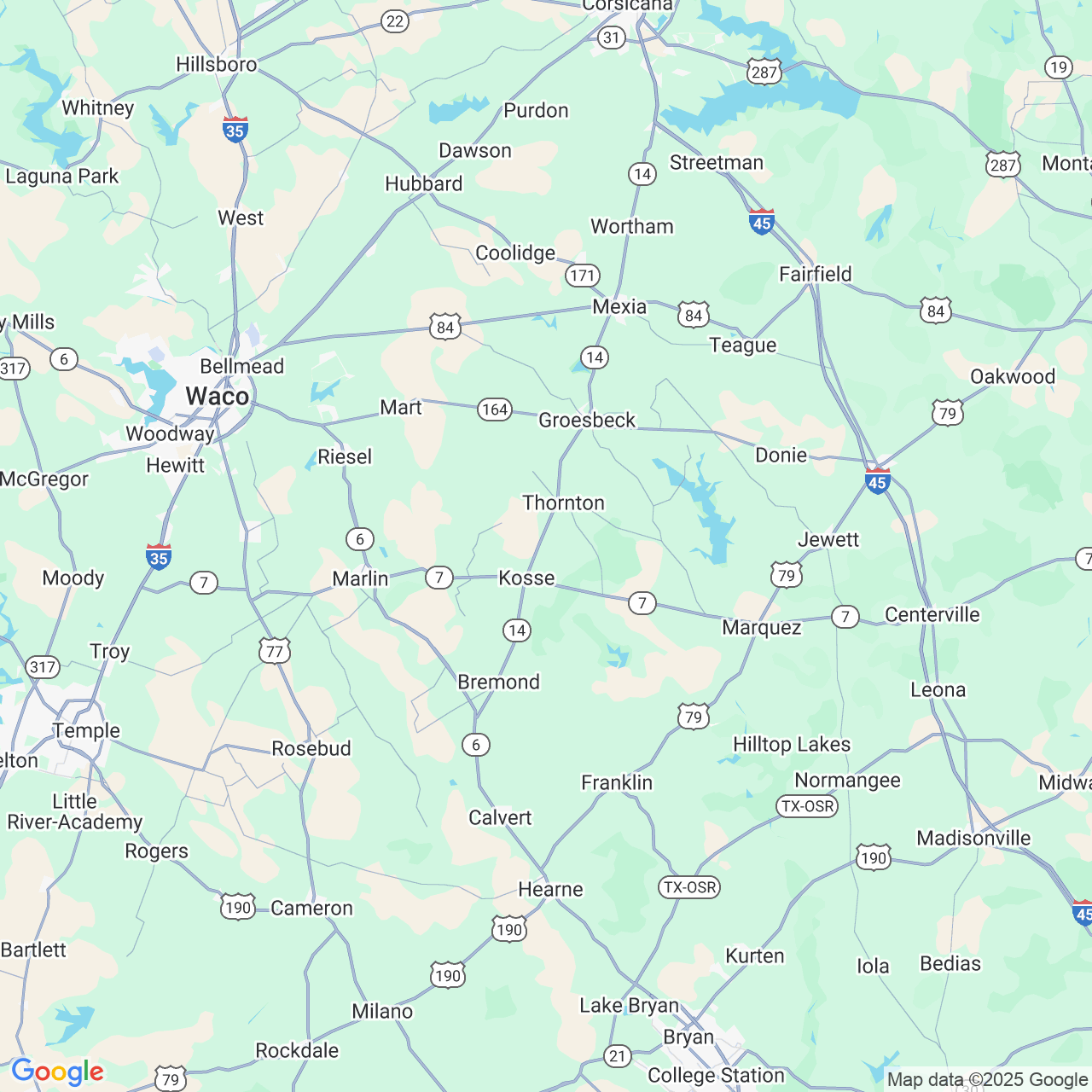A Hair-Raising Study from Harvard Researchers
Since a primary biological purpose of human hair is to protect the skin from environmental factors such as cold and heat, the latest scientific discovery makes complete sense. A research team led by Ya-Chieh Hsu, PhD, a stem cell researcher at Harvard University, found a clear connection between goose bumps and hair growth. If you think about it, this suggests our bodies can adapt fairly quickly to changes in our environment.
No doubt this is a trait that had advantages from a survival perspective. Think about early humans waking up in their cave in late September and feeling a chill in the air as summer came to an end. Goosebumps rose on their arms as they shivered slightly and rubbed their skin as they tended to the fire to warm up. What none of us realized until now is that the muscles that raised those goose bumps also stimulated stem cells in the skin.
The goosebumps had a direct role in making hair follicles and growing hair, which would help warm the body as winter settled in.
Isn’t the human body an amazing work of art and engineering?
I hear you saying, “Okay, that’s interesting, but what does that have to do with preventing or reversing my hair loss?”
The simple answer is that it is too soon to tell, but the more we know about how hair is created and grown, the more likely it is that we will see new effective hair growth treatments in the future.
These latest research findings resulted from a collaboration between researchers from Harvard University and National Taiwan University. Hsu revealed what her team found in her presentation, “Beyond Goosebumps: Interactions between the hair follicle, the arrector pili muscle, and the sympathetic nerve during development and hair follicle regeneration,” at the joint meeting of the American Society for Cell Biology and the European Molecular Biology Organizationin San Diego in the first half of December.
Understanding Goosebumps
We’ve all experienced goosebumps, but you probably haven’t thought much about them. Next time you have goose bumps, we encourage you to really look at what is happening on your skin. Goose bumps occur when tiny arrector pili muscles contract to make hair stand on end. Each contracting muscle creates a shallow depression on the skin surface, which causes the surrounding area to protrude. This aids in keeping the skin warm by creating an insulated area between the skin and the top of the hair.
Another function of goosebumps is unrelated to hair growth. According to the University of Melbourne in Australia, by raising hair up away from the skin, goosebumps make a mammal appear to be bigger. That’s the biological reason you get goosebumps when you are frightened or surprised. Appearing bigger comes in handy if you are facing a predator because it makes it more likely to convince a potential enemy to find other prey.
The researchers at Harvard discovered that the nerves involved in goosebumps are unique. While most nerves are wrapped in a protective coating called myelin, nerves involved in goosebumps are exposed. This makes it possible for them to directly contact hair follicle stem cells. They also found that the sympathetic nerves adjacent to hair follicles secrete the hormone, “norepinephrine,” which directly stimulates adrenergic receptors to produce bodily reactions.
A separate study in 2016, “Norepinephrine Regulates Keratinocyte Proliferation to Promote the Growth of Hair Follicles,” found that nonrepinephrine is linked to hair growth, and these findings were reproduced by Hsu’s team.
Hsu noted that men with male pattern baldness lack arrector pili muscles in their scalps. As reported by Science News, this could be important as it suggests that sympathetic nerves and muscles that raise goose bumps may also be important in that type of baldness. Hsu told the audience in San Diego that restoring the nerves and muscles may lead to new hair growth.
We at Arocha Hair Restoration will keep our eye on future developments from Hsu and her team. In the meantime, we encourage those experiencing hair loss to explore the proven and successful medical and surgical options available today. To learn more about Dr. Bernardino Arocha and his hair restoration practice, visit www.arochahairrestoration.comor www.facebook.com/ArochaHairRestoration.



